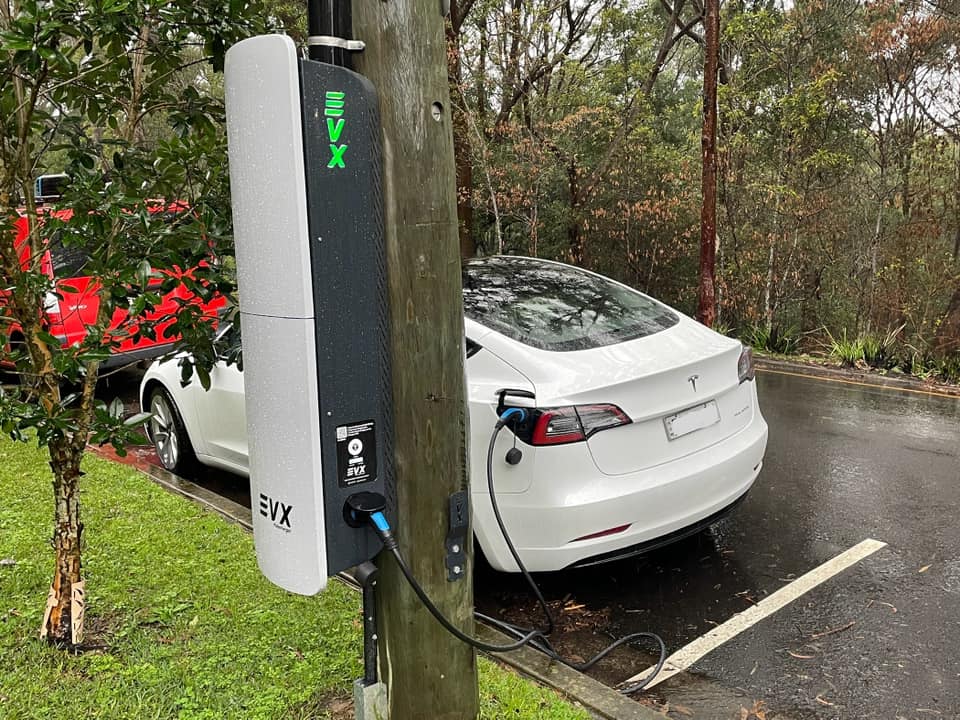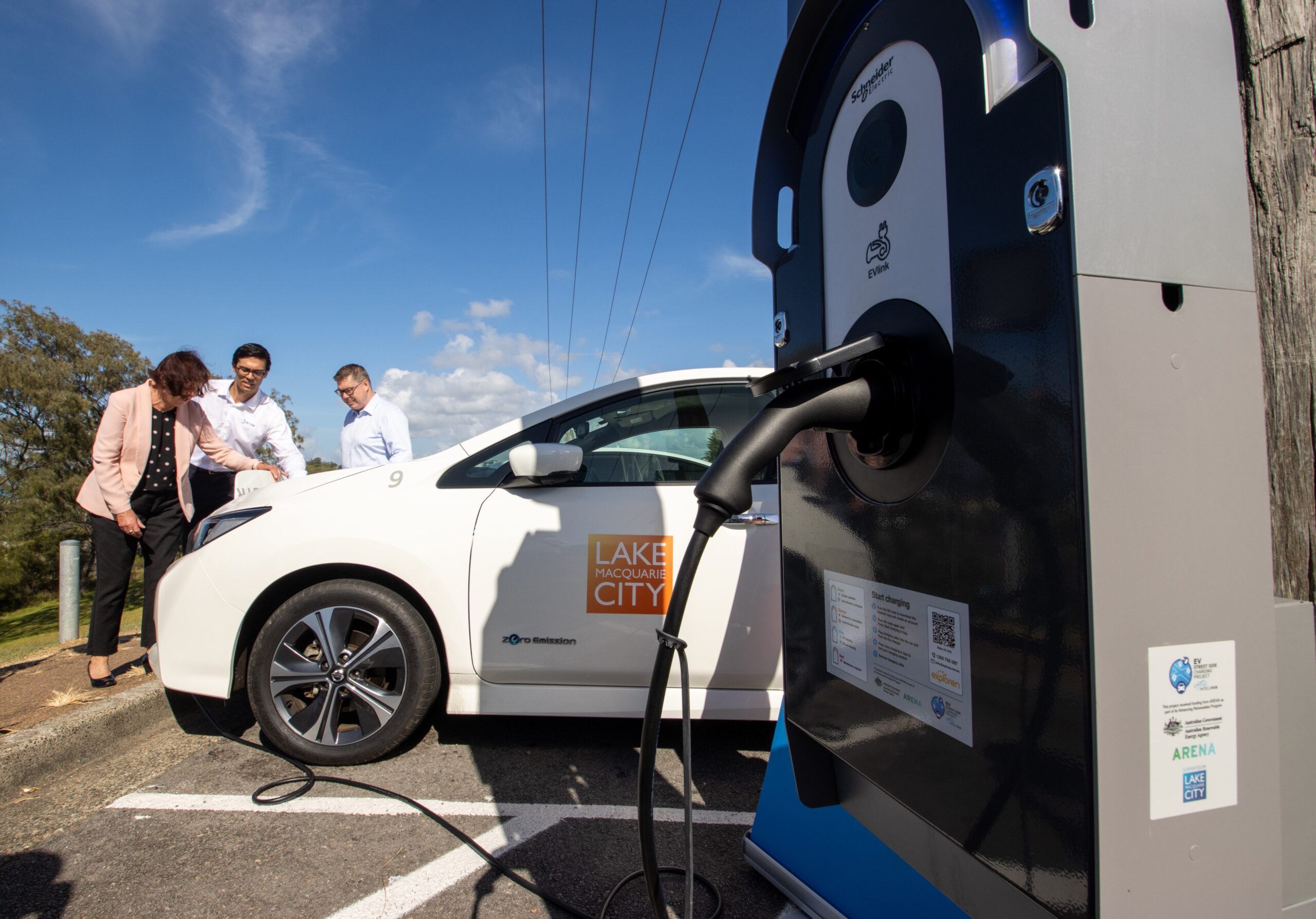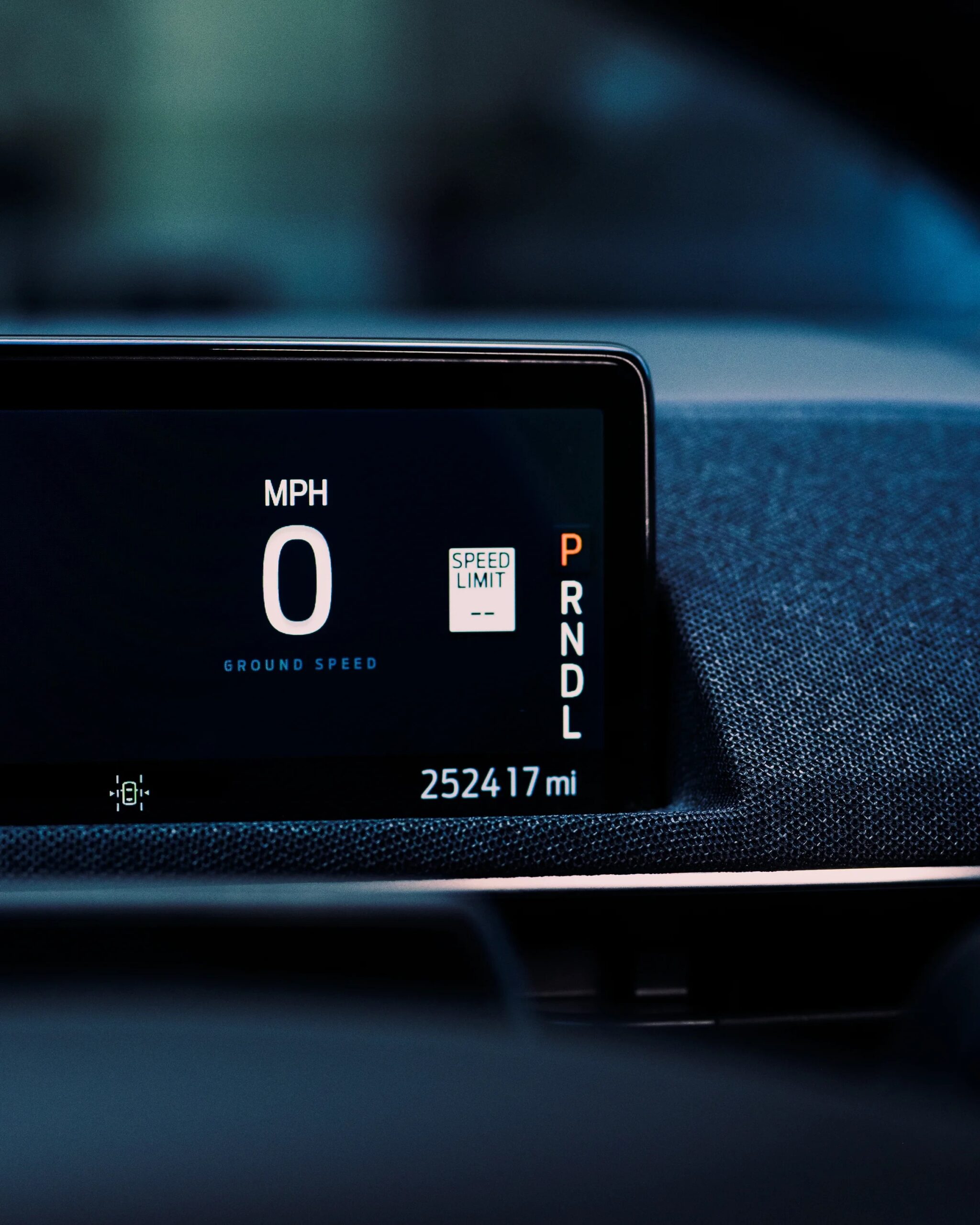
Sign up for daily news updates from CleanTechnica on email. Or follow us on Google News!
Where can you charge your electric vehicle when you have no off-street parking or garage? What is a simple cost-effective way to increase access to EV charging? Intellihub is one of several companies in Australia working to solve these problems with the innovative use of existing power poles. With a grant of AU$871,000 provided by the Australian Renewable Energy Agency (ARENA) towards the $2.04 million project, Intellihub is keen to share what it has learned now that it has completed 50 installations in the Sydney metro area.

Intellihub describes itself thus: “As a digital energy management specialist, we provide smart metering devices and services to over 50 energy retailers across Australia and New Zealand. But the true breadth of what we do goes beyond the meter, touching everything from solar to water, virtual power plants to electric vehicle charging.”
The aim of the project was described by ARENA: “The Intellihub Street Power Pole EV Charger with Grid Integration project aims to develop a technical, regulatory and commercial blueprint for industry, councils and network providers to roll out on-street electric vehicle (EV) charging using existing power pole infrastructure.”
EVSE prides itself as an enabler of electric journeys. Over the past 10 years, it has installed over 15,000 chargers for at least 10,000 customers and thus displaced 870,000 litres of petrol.
So, what have the partners learned and how will it progress EV charging down under? First and foremost, more time needs to be allocated for the approval process. About 9 months should be set aside to navigate proposals through council, Distributed Network Service Providers (DNSP), and energy retailers. There ended up being 10–15 sequential stages in the approval process. During the process, many of the initially selected sites were rejected by councils for various reasons. Up to four times as many sites had to be selected (increasing the amount of work by that factor) to avoid project delays from council rejections.

Intellihub gives this example of possible delays and therefore the need to begin the process early: “identified sites are required to be submitted to councils at least two weeks prior to a month-long council community engagement process, which lead onto the approval stage for traffic committees, which usually meet every 1-2 months followed by council approval. For example, if the community engagement process ends just after the previous traffic committee meeting, then you’ll have to wait [up to 2 months] for the next meeting.”
During the community consultation stage of the process, many sites were opposed by the public and had to be rejected. Issues raised included: exposure to radiation, interference with medical devices, sleep loss due to LED lights on the chargers, general EV detest [my favourite], NIMBY [not in my backyard] behaviour, perceived “loss” of parking spaces and opposition to local taxes funding EV charging. There is still the feeling (promulgated by conservative politicians) that electric vehicles are merely toys for the rich elite. The irony here is the fact that most of the politicians making these comments are independently rich.
Feedback indicated that there was at least 70% general support for the Intellihub project. This was considered high, as most council projects gather only 50% support. In some cases, opposition could be resolved by just moving the charger to the next power pole down the street.
Intellihub, in partnership with EVSE, needed to develop customised hardware. For this first Australia pilot project, they developed two units — an EV charger and a switchboard. An off-the-shelf EV charger was used with additional “mechanical protection.” These chargers are on public roads, out in the weather, and easily accessible to all, not just EV owners. The charger was connected to a separate main switchboard for in-house metering. Consideration was given to use of space and aesthetics. A customised mounting bracket also had to be designed and manufactured, locally. Pole chargers need a strong telecommunications network.
To accelerate their understanding of the installation process, Intellihub set up a mock-up installation. This led to an increase in efficiency and sped up the technical approval process. Faster installation times were able to be achieved.
Intellihub found that they needed clear information about the DNSP’s facilities access agreements, including site application and annual pole rental fees. Will the installation be commercially viable? “Site Nomination Agreements (SNAs) are required to be signed to be given the right to install on the DNSP’s infrastructure.” Access to sites was sometimes lost due to an SNA being signed with other industry participants without council approval. This occurred despite the fact that Intellihub had already had DNSP pre-approval (load, structural) and full council approval. There appear to be gaps and overlaps in council and DNSP approval processes in power pole mounted EV charging applications.
Clear communication with the local community is important. Intellihub recommends use of simple fact sheets to share information. Council community engagement officers may be able to help with this. The transition to EVs can be a political and divisive issue for some. CCES may need to deal with a small but vocal minority of people who cannot and will not accept change. “Don’t park your EV where I need to tether my horse!”
Intellihub believes that there is significant opportunity to scale future projects. It has “bedded down” the approvals process. “As the adoption of EVs grows over time, the availability of kerbside EV charging infrastructure will be an important enabler for EV drivers who do not have off-street parking/charging availability. Over the next 12 months, Intellihub and its partners will collect usage data from the 50 chargers and analyse the data to better understand how customers are benefiting from the kerbside chargers. We will correlate this with a number of factors, including pricing, road marking, enforcement against ICEing, location of amenities and parking restrictions.” Funding for repairs after vandalism may also be necessary. See my comments on this regarding community batteries here.
It looks like telegraph pole charging will be another beacon in the bright future for Australia’s electric vehicle uptake. Another piece in solving the charging problems faced by those without off-street parking.
Chip in a few dollars a month to help support independent cleantech coverage that helps to accelerate the cleantech revolution!
Have a tip for CleanTechnica? Want to advertise? Want to suggest a guest for our CleanTech Talk podcast? Contact us here.
Sign up for our daily newsletter for 15 new cleantech stories a day. Or sign up for our weekly one if daily is too frequent.
CleanTechnica uses affiliate links. See our policy here.
CleanTechnica’s Comment Policy



